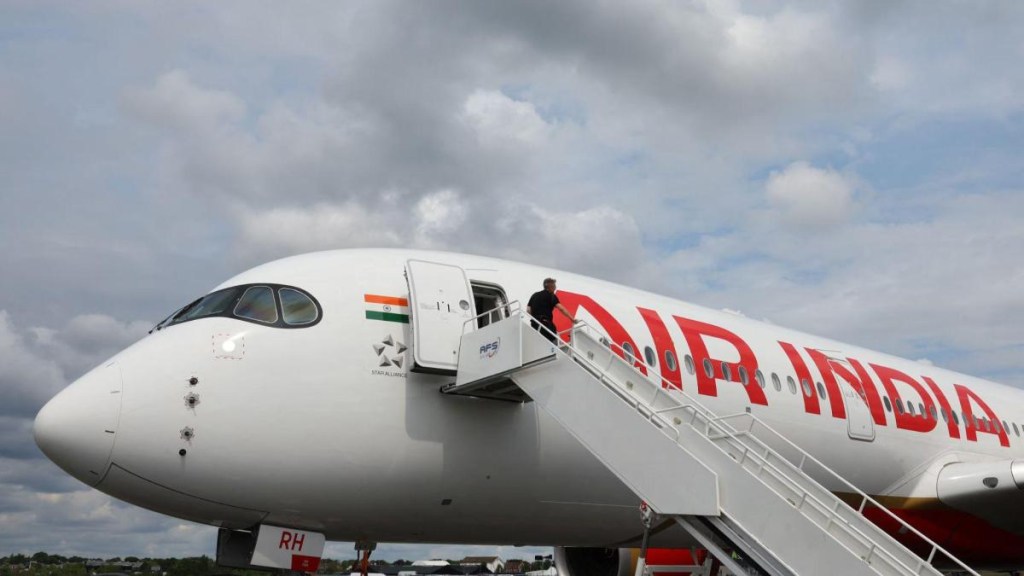Ahmedabad Plane Crash: Air India CEO, Campbell Wilson, has issued a statement filled with what he called “facts” after the London-bound flight crashed in Ahmedabad on June 12 and claimed the lives of all but one passenger on board. Wilson has defended the airline’s fleet maintenance amid safety concerns, saying that the engines in the aircraft “showed no issues” before take-off. He added that they were “regularly monitored” and that the pilot was “highly experienced”. Air India’s defence comes amid reports that hinted at a double engine failure and raised eyebrows over the aircraft’s maintenance.
A WSJ report citing investigators stated that initial investigations have suggested that there could be a double engine failure as the aircraft’s emergency power system, known as Ram Air Turbine (RAT), was activated shortly before the crash.
It also quoted US-based aerospace safety consultant, Anthony Brickhouse, who said that pilots activate RAT if they think that both engines have failed, which could arise from a variety of factors, including bird strikes or problems with fuel. He, however, pointed out that in present times, when engines are more “efficient” and “reliable”, a dual engine failure is “rare”.
‘Our crew was highly experienced’
Air India said that while it is fully cooperating with authorities to determine the cause of the tragic incident, it also aims to offer clarity in the meantime.
The airline owned by the Tata Group said that the pilot, who operated the Boeing Dreamliner 787, was “highly experienced”.
“The flight was led by Captain Sumeet Sabharwal, a highly experienced pilot and trainer with over 10,000 hours flying widebody aircraft. First Officer Clive Kunder had over 3,400 hours of flying experience,” the statement said.
‘Engines showed no issues before take-off’
Wilson also defended the fleet, saying that the “plane was well-maintained” and “engines showed no issues” before the flight.
“The plane was well-maintained, with its last major check in June 2023 and the next scheduled for December 2025. Its right engine was overhauled in March 2025, and the left engine was inspected in April 2025,” he further said, before adding, “Both the aircraft and engines were regularly monitored, showing no issues before the flight.”
The investigation into the crash is underway and can typically last a year or more due to a number of factors contributing to a crash, such as possible maintenance errors, crew missteps or design flaws.
“These are the facts as we know them today. We, together with the entire aviation industry, await the official investigation report to understand more,” he added.
Air India has been conducting thorough safety inspections on 33 Boeing 787 aircraft as directed by the Directorate General of Civil Aviation (DGCA). “So far, inspections have been completed on 26, and these have been cleared for service. The remaining aircraft are currently in planned maintenance and will have these additional checks done before being released into service. Following the review, the DGCA has confirmed that our Boeing 787 fleet and maintenance processes fully meet safety standards,” the statement noted.
